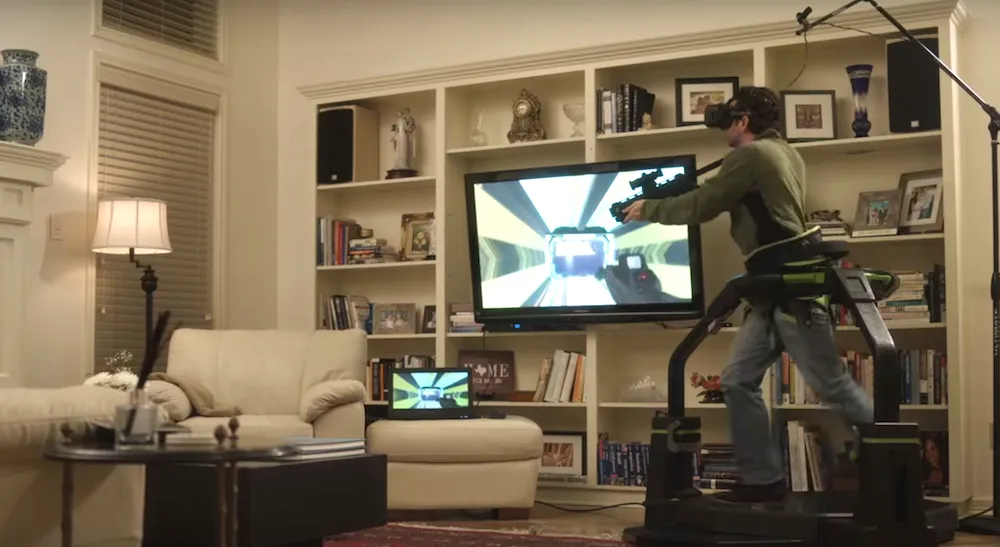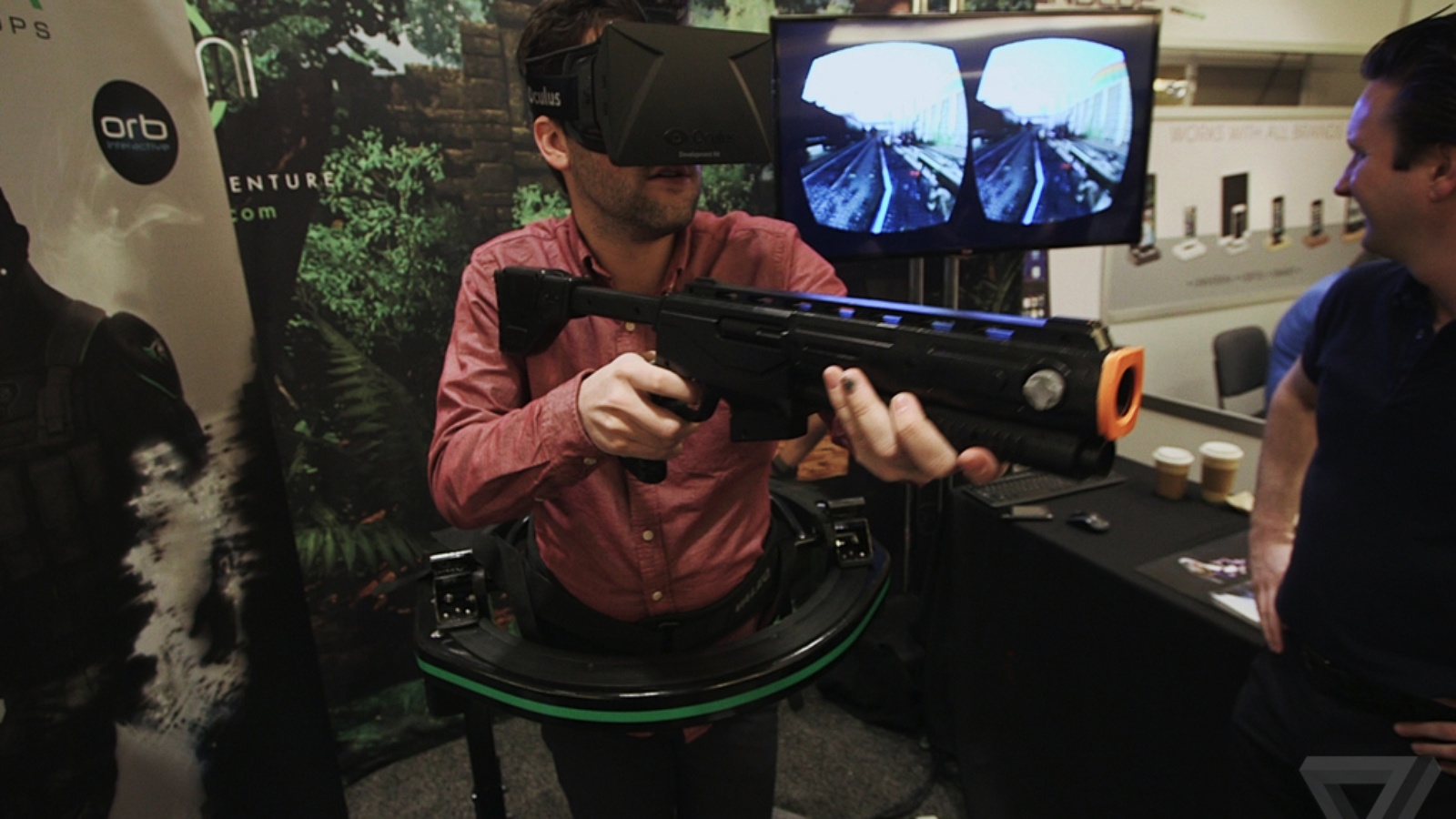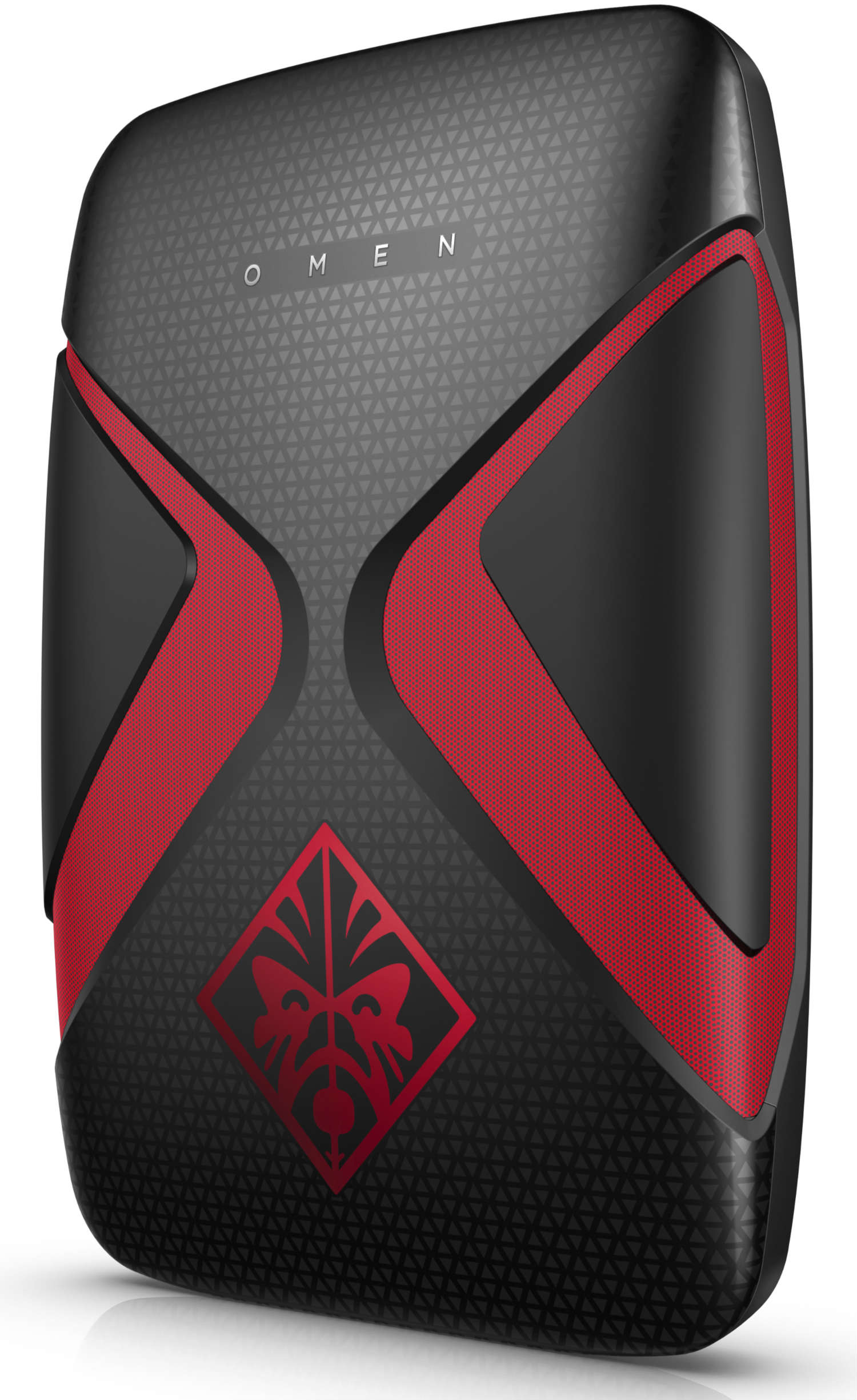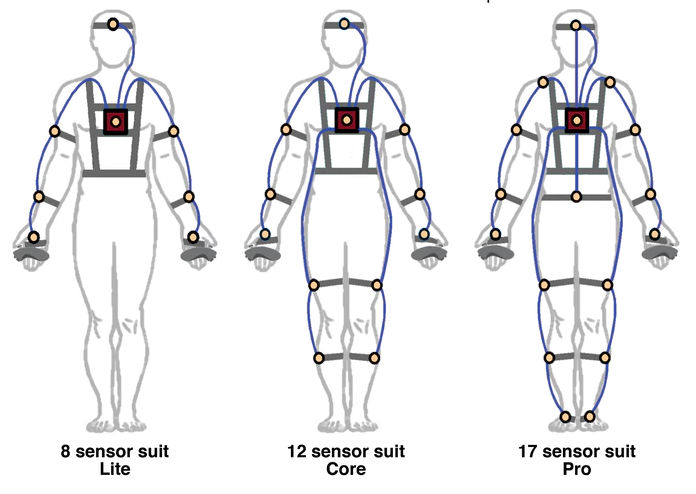When you think of virtual reality, the first thing that comes to mind is a headset, and all the buzz around this industry is focused on these headsets. But while they certainly deserve to be the center of attention, the real potential can be unlocked through the VR accessories market.
It is in this nascent stage that these accessories are going to be the most exciting. These are still early years for VR and lots of innovation happens when an industry is relatively new. In fact, VR accessories started to populate the front pages of crowdfunding sites before the headsets themselves were released. That, for a start, shows there’s demand for hardware that will extend the experience of VR beyond these headsets, and make it more immersive for those who want it.
Aftermarket accessories want to fit into your VR setup, and they are there for those who desire something more than what the headsets themselves can offer. Headsets and GPUs are already teetering on the expensive side, but accessories are going to serve a more niche section of the market.
While VR headsets are all the rage right now, and consumers are lining up to get their own, eventually, the market is likely to become saturated, like mobile phones are right now. If prices eventually spiral down, companies may want more revenue streams. Aftermarket accessories are one way to go. They may all be grouped under the “accessories” moniker, but VR accessories are more varied than you think. Everything from handheld motion controller backpacks to motion decks all come under the big broad umbrella of VR accessories.
While many of the below accessories are early in development, the ideas paint an overview of some of the options that could develop over the years for VR accessories.
Movement Solutions
Ever since people started getting interested in VR, one question loomed: Locomotion. How can one move around in VR? Sure, controllers are working (mostly) fine today, but it cannot be denied that if you could walk around in VR, it is a whole new experience, and a more immersive one at that.
Today, the closest we have gotten to that is the Vive’s room-tracking. But it does require quite a bit of legwork, and even then, you are limited by the size of your room. That means the games are limited too, and clever tricks need to be implemented to ensure that the room’s constraints don’t get in the way. Walking around a room also means that you might trip over some wires, and destroy $800 worth of hardware, and if everything is wired messily, you might bring your $1500 PC down along with it.
However, there is a better solution, and that is the Virtuix Omni. Launched on Kickstarter in 2013, it quickly racked up supporters and became one of the more well-known campaigns from the site. However, like many Kickstarter campaigns, it has been delayed several times, and even if it releases in 2016, it would still be two years off from its estimated launch date.
But even as it faces production problems, the concept really seems to tackle the locomotion problem head-on. Walking around in VR? Walking around without the constraints of your room size hampering your experience? Walking around without fearing that any second you might drag on a wire, and you would have ruined hundreds of dollars worth of hardware? The Omni has a solution for all of them. It is a platform that is slightly curved inwards, and there is a handlebar in front for you to hold. You wear special low-friction shoes when using it, and while it does take a little getting used to, it could be a nice addition to your VR setup. No bounds. You can keep walking for as long as you like.
There are many other companies (like Cyberith) working on omnidirectional motion platforms, and one thing they all have in common is a low-friction surface to walk on. But startups like Infinadeck are going the other way, and instead of using a low-friction surface, they are working on an omnidirectional treadmill that is just that: A treadmill. You set the pace with which you are comfortable with, and then you can walk, jog or run on it like on a regular treadmill. However, the Infinadeck is still under development, and it still has a long way to go before releasing to consumers.
Right now, the Omni is slated to launch in the third quarter of 2016, and since it has already finalized production designs and started shipping a few batches to consumers, it would seem that it won’t be getting delayed this time.
VR backpacks
A computer in a backpack that you can take anywhere to get your VR fix. Of course, it is not practical, but who cares about practicality when you can make a high quality VR completely wireless. These are for people who want something closer to the portability of a mobile VR headset without the limitations of it.
One of the biggest pioneers in this space is The Void, which is developing a completely in-house solution to the problem. Its own VR headset, sensors and a specially engineered backpack to give you the portable VR experience that you have been clamoring for. Zero Latency is a startup in Australia using backpacks as well.
But these startups started the VR backpack trend, and larger hardware companies like HP and Zotac are carrying it forward. We even saw a tiny machine Intel that could put a PC on your chest.
HP unveiled a backpack as part of the Omen line, and so did MSI and Zotac. Whereas HP and MSI go for the high-end of the market with powerful PC hardware stuffed inside those backpacks, Zotac basically took one of its high-end home theater PCs and integrated it into the backpack.
But this is just the start of the VR Backpack trend, and while they may seem unwieldy and impractical, in a few years, hardware may become small and light enough to make them actually practical. And the current crop of VR backpacks isn’t really so bad, since they all weigh around 4-6 kilograms, which is pretty manageable. We are still a generation or two to hitting stride with these backpacks, but it is undeniable that they are an exciting and viable concept.
VirZOOM
The VirZOOM is a device that moves forward the concept of gaming helping us get fit. The Wii and its Wii Sports game proved to be a hit in getting us out of our couches and actually moving around, while having fun.
It is basically a stationary bicycle, like the ones you find at the gym. Except it plugs into your computer, and you use it while wearing a VR headset. It is better than a treadmill in that it is more comfortable. Sitting and cycling through the game, in our opinion, is better than running on a treadmill. The best part is that it feeds in your speed to the computer, and that means that if you pedal faster, you move faster in the game.
If the game is immersive enough, you could almost forget that you are exercising and enjoy the ride. The device is said to be compatible with the Rift, Vive and PlayStation VR, so pretty much the complete roster of major VR headsets on the market. Reviewers who used the device say that it has a tendency to make you sick. Alas, the technology isn’t there to fully realize this vision, but if we somehow solve the nausea problem that comes when you associate rapid motion with Virtual Reality, this could prove to be a viable idea.
Hand and Arm Tracking
Leap Motion offers a device that plugs into your computer or headset and is able to track hand movements in the space in front of it. The UnlimitedHand, by comparison, is a device that wraps around your wrist, and is equipped with sensors to track your hand-movements, which it can relay back to your computer. It is compatible with both the Oculus Rift and the HTC Vive. It is meant to be very precise, meaning that not only can it detect your hands, it can also detect movements of your fingers.
The most interesting thing about UnlimitedHand is its efforts to include haptic feedback technology, which truly adds another dimension to VR. It attempts to simulate the effect of touching something.
It launched on Kickstarter and raised $74,952, almost four times more than the $20,000 it was asking. And it actually seems to work, as Techcrunch went hands-on with the device and confirmed that the device’s haptic feedback worked well. But UnlimitedHand is not the only startup that is working on bringing haptic feedback to VR. Companies like Striker VR and the KOR-FX Gaming Suit are also working on integrating the feeling of touch into VR.
Full Body Tracking
Many reviews of the HTC Vive headset commented on the amount of time it took to set it up, and the fact that you had a lot of external hardware in the room. But external trackers are not the only way to go about an immersive Virtual Reality experience.
The PrioVR is a gaming suit that launched on Kickstarter and got over $323,000 in funding. The PrioVR is a special suit with sensors embedded at strategic points across the body to track your movement. The gaming suit includes two controllers: One with a joystick and one with a controller.
The controllers are standard fare in the VR industry, but it is the suit that is interesting. It is available in three variants: Core, Lite and Pro, and the main difference between them is the level of tracking offered. Whereas Core tackles only the main points of movement, the Pro has sensors just about everywhere.
In fact, the PrioVR is far from the only gaming suit coming to market. Since its campaign, many other companies have unveiled their own twist on this concept. The launch date has been pushed back a few times, but on their Kickstarter page they claim that they have finalized production and that they will start shipping this year.
Future of VR Accessories
We are at the beginning of the gold rush for VR accessories, and this is when we would see interesting concepts come into the fray. We have certainly seen some interesting concepts. But as the technology gets better, we may see better VR accessories.
For instance, we may see additional hardware being integrated into the VR headsets themselves, and that would mean that you won’t have to lug around backpacks, and would instead be able to have a quality experience anywhere you go.
Of course, while accessories certainly do improve the VR experience, there’s the question of fragmentation. For instance, when Microsoft launched the Kinect for the Xbox 360, some consumers were excited about it. But the divide between those who own the Kinect and those who don’t resulted in few developers adopting the platform. Whether the PC market will suffer the same problem is unclear.
The direction most VR accessories seem to be going in is that of increased immersion, and making the experience as believable as possible. As more things become possible at lower costs, we may see better solutions to problems such as locomotion. Although solutions have started to surface for simulating the experience of touch in VR, they still are quite rudimentary and aren’t there yet. The day that we can touch and feel things in VR the same way we can in the real world, that’s when VR can truly become the killer medium. Because touch is something that completely changes the VR game, and makes it more immersive than ever before. It can blur the line between VR and reality.
But these are all merely predictions, directions that we think the VR accessory market is going to go in. Some of these smaller companies have wacky ideas, but don’t have the funding or scale required to get their product in their hands of consumers, which is why we think they would be acquired by companies like Valve or Oculus, and we may see these ideas manifesting themselves in VR headsets down the line.
One thing is certain: The VR accessories market is exciting, and is interesting both to the consumers and the companies themselves. While the VR headsets themselves are enough to have a great experience, these accessories can take them one step further, and transcend into something else entirely. Who knows what surprises await us in the future.
Guest post by Rifting Reality, a blog focused on longform content on Virtual Reality.

































